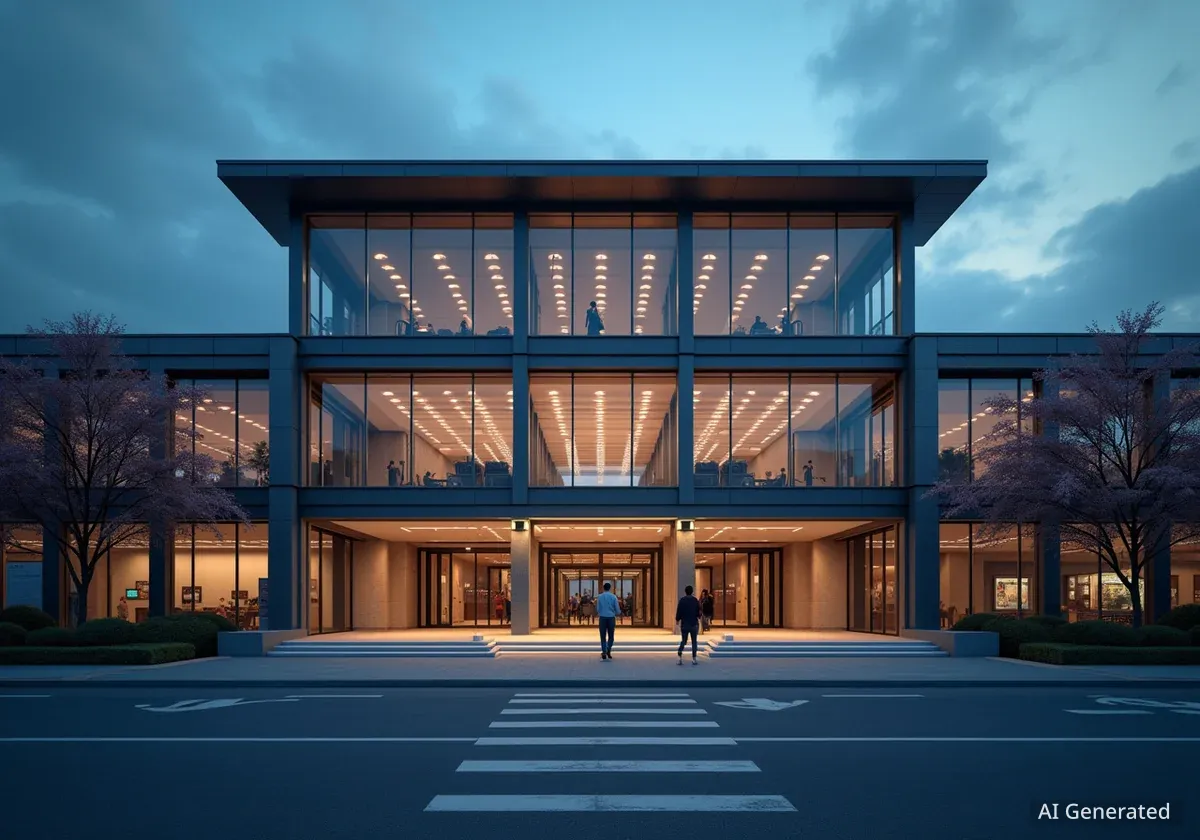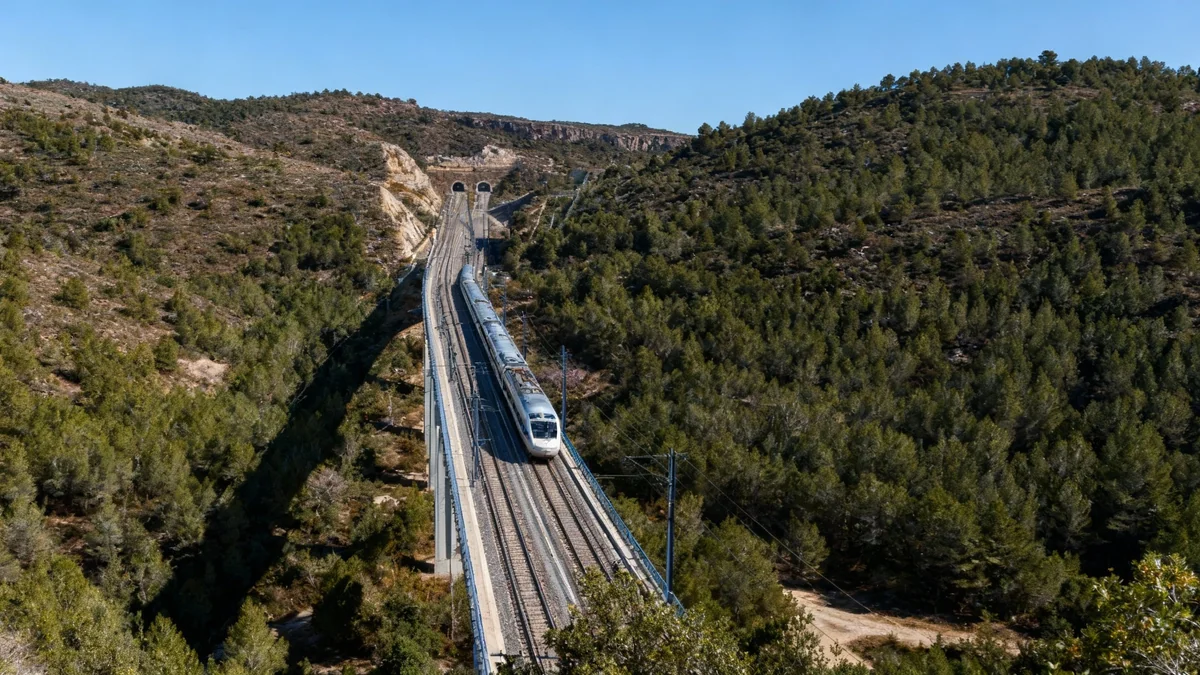A recent federal government shutdown has put significant funding for ongoing New York infrastructure projects at risk. This situation could affect major transportation and development initiatives across the city, according to reports. The administration is reportedly re-evaluating financial commitments made to these projects, raising concerns among local officials and transportation experts.
Key Takeaways
- Federal shutdown impacts funding for New York infrastructure.
- Ongoing projects face potential delays and financial cuts.
- Traffic experts warn of returning to pre-pandemic gridlock.
- Affordable housing initiatives also face scrutiny.
Federal Funding and New York Projects
The federal shutdown has introduced uncertainty for several large-scale projects in New York. Funds previously committed to these initiatives are now under review. This re-evaluation could lead to delays or even cancellations for work already underway. Local authorities are monitoring the situation closely.
Many of these projects are critical for the city's infrastructure. They include upgrades to transportation networks, housing developments, and other public works. The potential loss of federal money creates a gap that local budgets may struggle to fill. This could impact the pace of urban development and public services.
“The federal shutdown is being used to snatch away money already committed to huge New York projects that are already ongoing,” noted transportation expert Sam Schwartz, known as “Gridlock Sam.”
Fact: New York's Infrastructure Needs
New York City relies heavily on federal funding for a portion of its major infrastructure projects. These funds support improvements to roads, bridges, public transit, and housing, which are vital for the city's large population and economic activity.
Transportation Challenges and Gridlock Concerns
Transportation in New York City faces renewed challenges. Traffic levels on major bridges and tunnels have returned to pre-pandemic volumes. This rebound is happening while mass transit use lags behind previous levels. Experts warn that New York is heading back towards significant traffic congestion, or "gridlock."
Data from the Metropolitan Transportation Authority (MTA) shows a clear trend. More than 27.9 million vehicles crossed the nine tolled MTA crossings last month. This figure indicates a strong return to the roads. However, subway and bus ridership has not seen a similar recovery. This imbalance puts more pressure on the city's road infrastructure.
Impact on Commuters
Increased road traffic means longer commute times for many residents. It also contributes to higher emissions and wear and tear on roads. If federal funds for infrastructure improvements are reduced, addressing these traffic issues could become even harder. This could affect the daily lives of millions of New Yorkers.
Historical Context: Gridlock in NYC
New York City has a long history of traffic challenges. The term "gridlock" itself is often associated with the city's dense urban environment. Efforts to manage traffic flow and promote public transit have been ongoing for decades, highlighting the critical role of infrastructure investment.
Affordable Housing Initiatives
Beyond transportation, the federal funding situation also affects affordable housing projects. New developments, like a recently opened tower at 35 Commercial Street in Greenpoint, Brooklyn, aim to provide much-needed affordable units. These projects often rely on a mix of public and private funding, including federal contributions.
The ribbon-cutting event for the Greenpoint building highlighted both the benefits and hurdles of affordable housing. While new residents like Jason Wright are moving into these apartments, the overall demand for affordable housing remains high. Any reduction in federal support could slow down future projects, making it harder to meet this demand.
- 35 Commercial Street: A 22-story building in Greenpoint, Brooklyn.
- Purpose: Provides affordable housing units.
- Challenge: City faces ongoing hurdles in providing enough affordable housing.
Political Divides and Funding Stalls
The broader political landscape also plays a role in these funding challenges. A bipartisan commission, originally tasked with reforming political mapmaking, faced significant gridlock. This deadlock occurred as New York Democrats and Republicans delivered competing congressional and state legislative maps. This political divide can hinder progress on various issues, including infrastructure funding.
Such political disagreements can lead to delays in budget approvals and funding allocations. When federal agencies are impacted by shutdowns, the ripple effect reaches local projects. This demonstrates how national political events can directly influence local development and daily life.
The Role of Local and Federal Collaboration
Effective collaboration between federal, state, and local governments is essential for large infrastructure projects. Funding delays or cuts at the federal level often require state and city officials to seek alternative solutions. This can involve reallocating local funds or seeking private investment, which may not always be feasible or sufficient.
The current situation underscores the interconnectedness of federal policy and local project implementation. As the nation navigates political challenges, the impact on critical infrastructure and public services in cities like New York remains a key concern.





